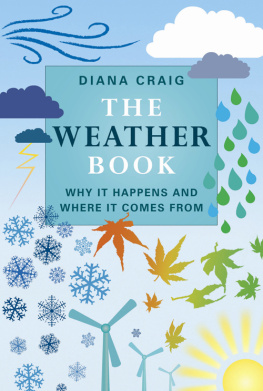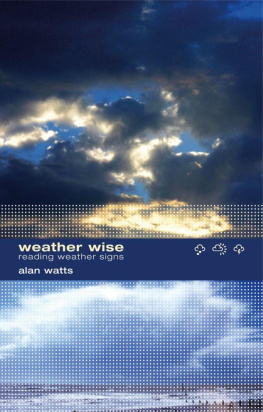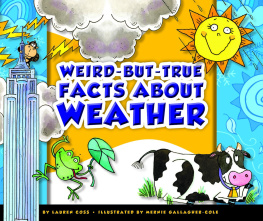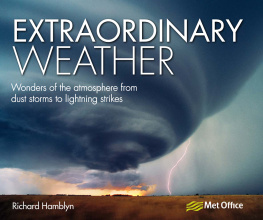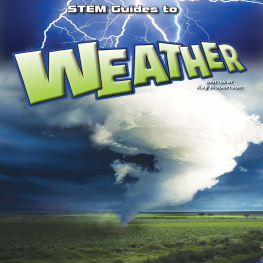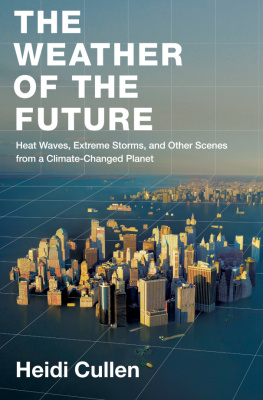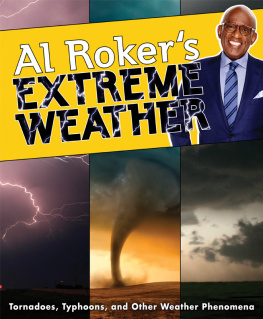
First published in Great Britain in 2009 by
Michael OMara Books Limited
9 Lion Yard
Tremadoc Road
London SW4 7NQ
This electronic edition published in 2011
Copyright Michael OMara Books Limited 2009
All rights reserved. You may not copy, store, distribute, transmit, reproduce or otherwise make available this publication (or any part of it) in any form, or by any means (electronic, digital, optical, mechanical, photocopying, recording or otherwise), without the prior written permission of the publisher. Any person who does any unauthorized act in relation to this publication may be liable to criminal prosecution and civil claims for damages.
A CIP catalogue record for this book is available from the British Library.
Papers used by Michael OMara Books Limited are natural, recyclable products made from wood grown in sustainable forests. The manufacturing processes conform to the environmental regulations of the country of origin.
ISBN: 978-1-84317-354-0 in hardback print format
ISBN: 978-1-84317-843-9 in EPub format
ISBN: 978-1-84317-842-2 in Mobipocket format
Designed and typeset by e-type
Illustrations copyright Sailesh Patel 2009
Ebook conversion by RefineCatch Ltd, Bungay, Suffolk
www.mombooks.com
Contents
Dedication
I should like to dedicate this book to my intrepid daughters, Blanche and Charlotte, who have travelled to the far reaches of the world, from Brazil to Patagonia and Kerala to Alaska, and have seen so much of this amazing planet in all weathers and climates.
Acknowledgements
The weather is a complex subject and trying to explain it all within the pages of a relatively short book can be a challenging prospect. I should like to thank the team at Michael OMara for making my job easier, and for all the support they have given me during the writing process. In particular, I should like to thank: Carol Kirkwood for her excellent foreword; Helen Young for lending her expert eye; Toby Buchan for his unfailing courtesy and efficiency and for being one of that sadly now-rare breed, an old-fashioned gentleman publisher; Hannah Knowles for her professionalism and her calm and efficient editing; and Ed Pickford for designing the book and bringing the words to life on the page.

I was lucky to grow up in one of the most beautiful parts of the United Kingdom on the West Coast of Scotland. Even as a child, I loved the way the weather could change the landscape within minutes. Dark, scudding, rain-filled clouds would gather over the islands of Eigg and Rhum and then suddenly golden shafts of sunlight would burst across the silver sands of Morar and turn the clouds into gilt-edged candyfloss.
So its hardly surprising that I grew up with a fascination for the weather and how it affects all of us. I cannot admit to having any desire to be a weather presenter when I was that young, but I will say that from the moment I made my first televised forecast I knew I was absolutely going to love my job. There are very few subjects covered on television that affect everyone and which everyone has an opinion about.
Our understanding of meteorological forecasting has dramatically improved over the years, as has our method of demonstrating it on screen. When I first started presenting the weather, we still used symbols for sunshine, clouds and rain that a viewer of the 1970s would instantly recognize. Todays graphics are much more realistic and not only reflect our understanding of the weather and how it moves around the UK but also the power of todays computers to create the pictures.
Computers have revolutionized our ability to forecast, and the Met Office uses a supercomputer to predict ever more accurate short- and long-range forecasts, allowing even earlier warning of low-probability, high-impact weather. The system can even help research climate change and its impact on society and the economy. In fact, the Met Offices latest supercomputer is projected to become the second most powerful system in the UK and within the top twenty most powerful systems in the world. If nothing else, that shows you how much importance we attach to the weather in this country.
As you know, even with all that computing power and some of the brightest brains in meteorology and Im privileged to work with them on a daily basis we dont always get the weather forecast correct, but you can bet that when it isnt spot on, theres no one more frustrated than a Met Office forecaster!
I hope that if youre reading this book youve developed as much of a fascination with the weather as I have. If Im correct, then the wealth of information in these carefully researched pages will help you to learn more about the amazing climate that our islands enjoy and who knows, you might be able to forecast the weather yourself. If you do and you get it right more often than I do just dont write and tell me!
Carol Kirkwood
BBC TV Centre, Autumn 2009

M OST OF US check the weather forecast because we want to know how it will affect our day-to-day lives. Will we be able to have that family picnic at the weekend? Will we have to turn on the central heating? Will it rain so that that hosepipe ban will be lifted? When will the hot, humid weather break so we can sleep comfortably at night? Thats usually as far as our interest in the weather goes.
But our understanding of the weather and its causes is of vital importance to human survival. While most of us are no longer vulnerable to the extremes of weather that would have killed off many of our ancestors who did not have the luxury of heated, air-conditioned, insulated housing global warming and its effects is something that threatens to affect us all. Now more than ever it is important to understand what weather patterns mean, and how we can predict any changes that might have an impact on human life.
The Weather Book helps the reader understand the basic principles of weather formation and explains not only the localized effects of weather but also the global repercussions of climate change, allowing readers to talk with confidence on the topic that is on everybodys lips.

P EOPLE HAVE ALWAYS been fascinated by and in awe of the elements, and with good reason. Long ago, before food grown in one country could be flown right across the world to another country, populations were much more dependent on what they produced locally and hence on the weather that could spell success or ruin for a crop. Way back then, before modern meteorology and hi-tech forecasting, it must have seemed to many that they were at the mercy of capricious forces they did not understand.
Blowing in the wind
Wind vanes are one of the first forms of forecasting equipment going back to the era BC , in fact, and ancient Babylon, Egypt, China and Greece. The most celebrated of these old-world vanes sat at the top of the Tower of the Winds, a structure 12 metres (approx. 40 feet) high that was built by the astronomer Andonikos in Athens in about 50 BC . Depictions of the gods associated with each of the eight wind directions were carved into its side, and a bronze Triton holding a rod stood on top of the tower. When the wind blew, he would spin on his axis and point his rod into the wind. Later, wind vanes were a popular addition to the European churches of the Middle Ages.
Next page
